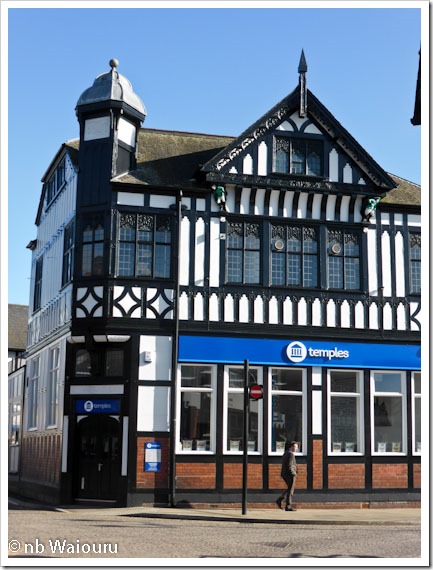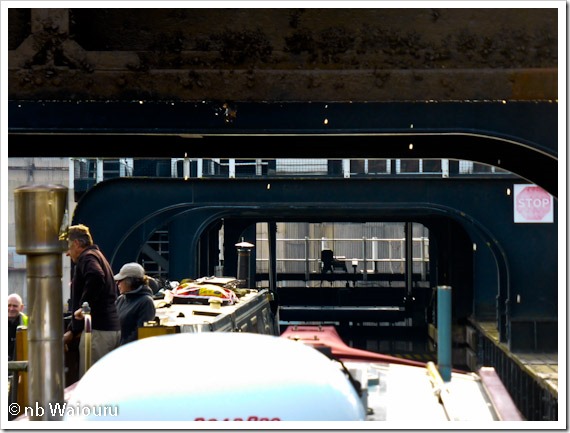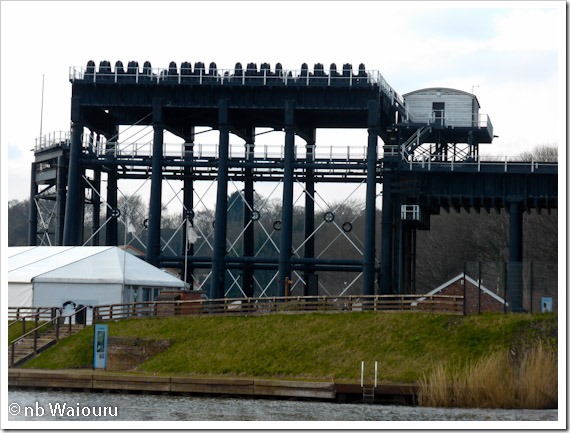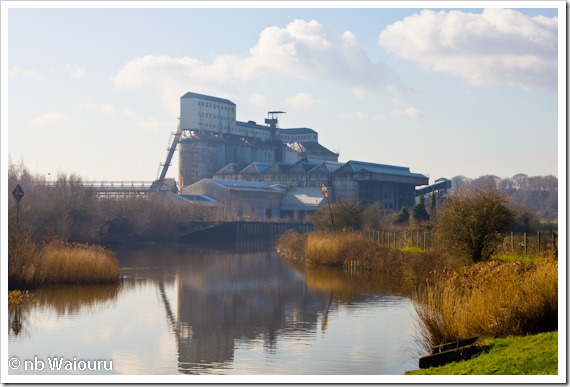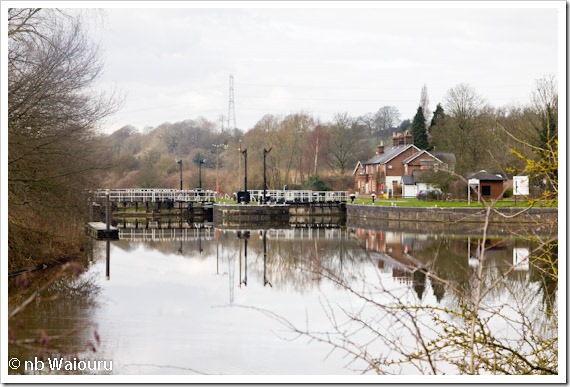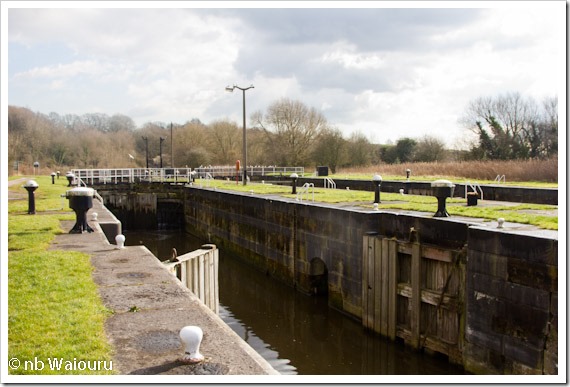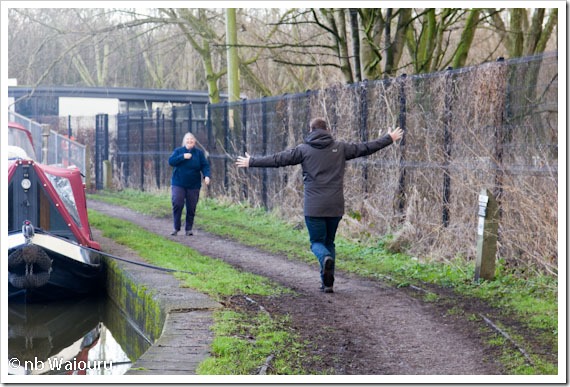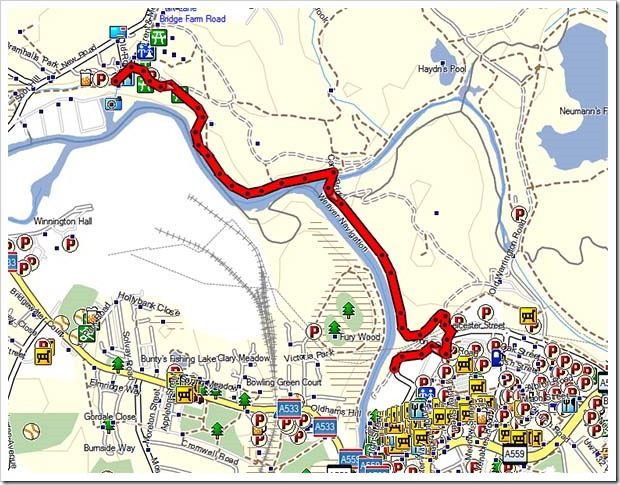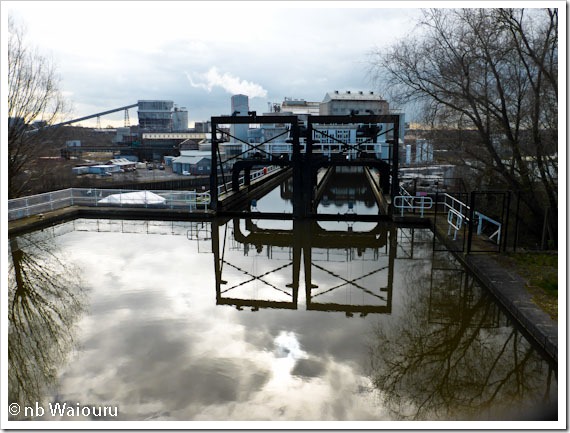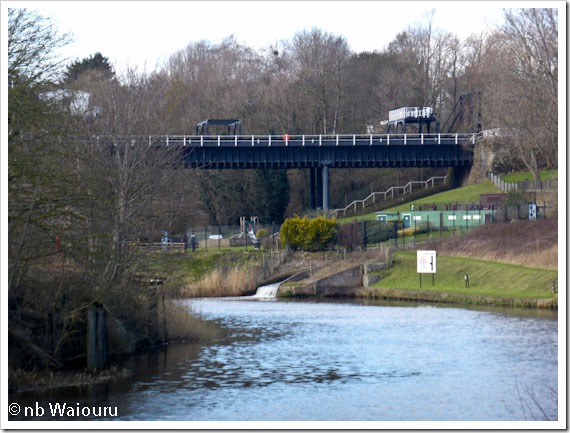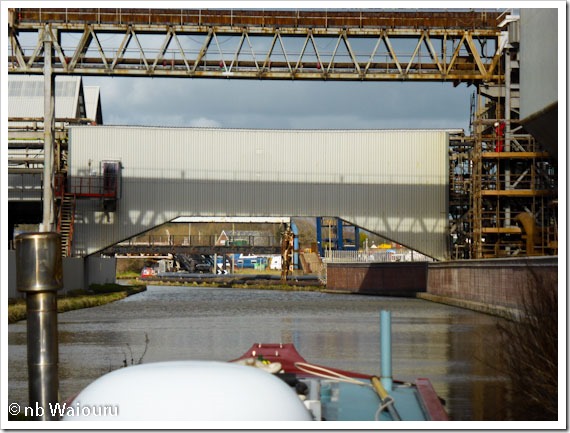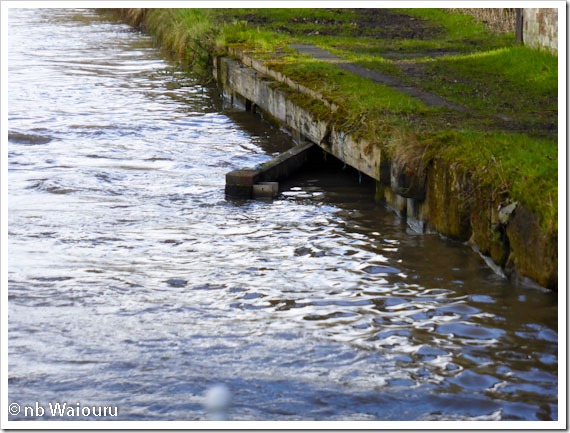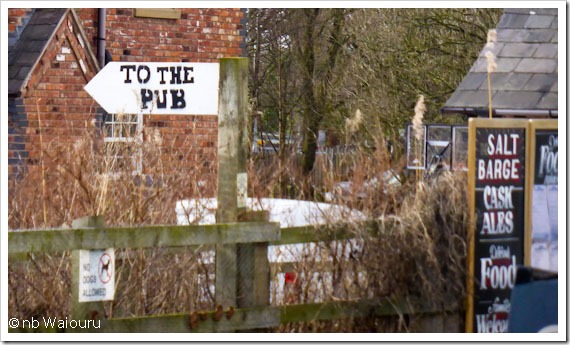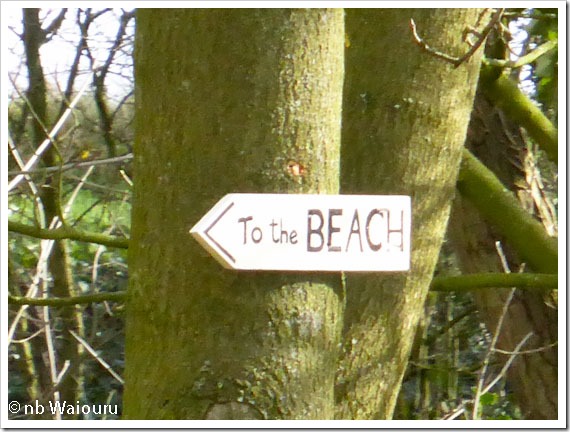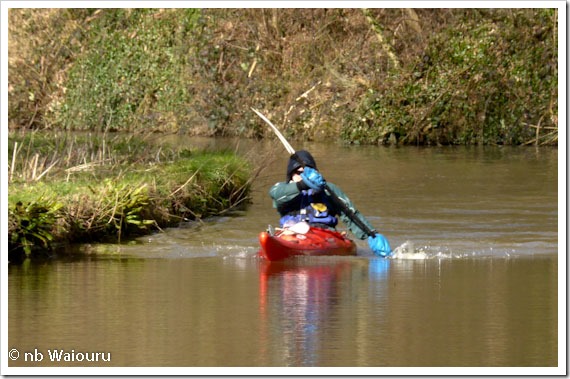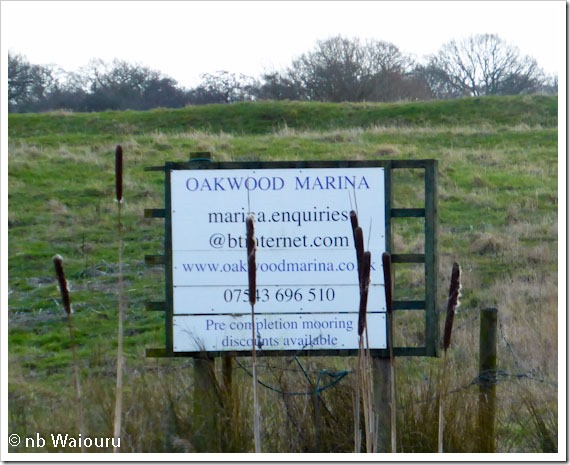Daily posts missed twice in succession. I’ve been crook! How crook? I’ve been as miserable as a crab in boiling water….. Now that we have the excuse and plea for sympathy behind us let’s move on.
Jan rather liked Northwich but the CRT pump out machine was unserviceable and we wanted to empty the tank. Consequentially our time on the River Weaver was going to be cut short.
The High Street
There was an interesting building on the left at the top end of the High Street. OK… maybe it don’t look particularly interesting. But it was the wording above the entrance that caught my eye.
“Brunner Public Library and Salt Museum AD 1909”
Brunner Public Library? But we are in Northwich! After some searching….. well actually I noticed the poster on the wall whilst drinking a pint in the Wetherspoons pub opposite! John Brunner was a wealthy local chemical industrialist who was also a Member of Parliament.
In 1873 Brunner formed a partnership with Mond and together they founded Brunner Mond & Company. Their initial capital was less than £20,000 (£1.6 million in 2016), most of which was borrowed.[ In April 1872 Mond had been to Belgium to meet Ernest Solvay to negotiate terms to manufacture alkali by the process Solvay had developed. The Solvay process produced soda ash more cheaply than the established Leblanc process, from raw materials which were more easily obtainable, and produced fewer waste products. Mond made a gentlemen's agreement with Solvay to apportion the global markets, with Mond's company having exclusive rights to the United States and to the British Isle. You wouldn’t get away with that type of cartel today!
There are more interesting facts in the above wikipedia link. I did note his first wife had six children in their ten years of marriage before dying. I guess she was worn out. The following year he married his children’s governess and had three more children by her. He was a generous benefactor in the local area and overseas. The public library and salt museum were founded with funds he supplied.
There was another interesting building at the opposite end of the High Street near the river.
An unusual looking small turret on one corner but what I had noticed were the two small figures under the ends of the facia boards on the large gable.
I haven’t identified why they were present! Oh, this is a photo of The Penny Black pub in Northwich. It’s the local Weatherspoons. There is a plaque to the right of the main entrance stating it used to be the Main Post Office.
We didn’t have Sunday lunch there. Actually we didn’t have a Sunday roast lunch this week. Reader Bill informs us Wetherspoons are to shortly cease including the Sunday roast on the menu. One more microwaved meal we will miss! ![]()



